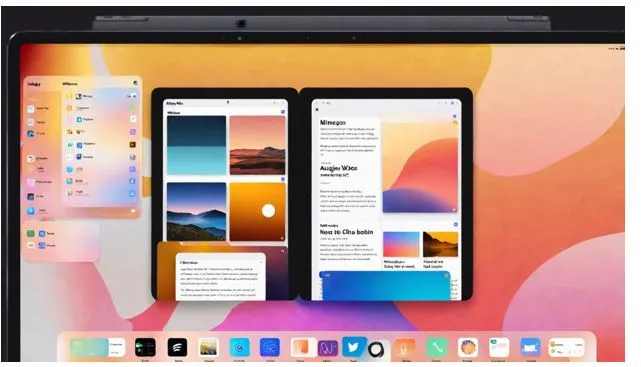How to Select Trusted Media Platforms to Get Featured
Getting featured in the media can boost your credibility, attract new audiences, and position you as a thought leader. But not all media platforms are created equal. With the rise of pay-to-publish websites and vanity press coverage, it’s important to know how to separate trustworthy platforms from those that won’t bring real value.
Here’s how you can identify and choose credible media outlets to get featured.
Know What You Want to Achieve
Start by defining your goals. Do you want to build brand awareness, attract customers, or gain recognition in your industry? Your objective will guide you toward the right kind of platform.
For example, if you’re in the tech industry and looking to reach investors, being featured in a site like TechCrunch or Wired will serve you better than a general-interest blog. If you want to get featured where your target audience is actually paying attention, start by choosing here.
Research the Platform’s Credibility
A trusted media outlet has a strong reputation. Look at its history, the kind of stories it publishes, and who its audience is. Do respected professionals in your field read or reference it? Are the writers experienced journalists or experts?
A quick online search can tell you a lot. If the platform frequently appears in Google News or is cited by other reputable sites, that’s a positive sign.
Beware of Pay-to-Publish Sites
Many platforms offer paid articles that appear to be editorial features, but they lack real audience engagement or visibility. These are often labeled as “sponsored content” or “brand features,” and while not inherently bad, they don’t carry the same weight as organic media coverage.
If a site accepts almost any submission in exchange for a fee, it’s not selective—and that lowers its credibility.
Look for Real Editorial Standards
Reputable media platforms have clear editorial guidelines. They usually have a submission or pitch process, and content goes through an editor before publication. You might also notice that they fact-check, cite sources, and maintain journalistic balance.
If you can simply send a payment and get published without much review, that’s a red flag.
Check Previous Features
Review past stories similar to the one you want to pitch. Are they informative, well-written, and relevant to your industry? Are the people featured credible? If the platform showcases serious professionals or well-known brands, it’s likely respected in your niche.
Evaluate Reach and Engagement
It’s not just about getting published—it’s about who will see it. A trusted platform typically has a strong presence in search engines, social media, and sometimes news aggregators like Google News or Flipboard.
Try to assess whether people are actually reading and engaging with the content. Look at the number of shares, comments, and backlinks. Even a smaller site can be valuable if it has a highly engaged, targeted audience.
Ask for Transparency
If you’re approached by a platform or PR agency, ask for data. This can include traffic stats, audience demographics, and examples of successful features. A transparent partner will be happy to share this information, while a less credible one may avoid the question or exaggerate their influence.
Use Industry Databases
Trusted media platforms are often listed in databases like Cision, Muck Rack, or PR Newswire. These resources are used by professional journalists and PR experts to verify outlets and contacts. While not every good platform will be listed, it’s a helpful reference point when assessing credibility.
Consider the SEO Value
Being featured in a high-authority site can improve your search rankings. To check this, look at the platform’s domain authority using tools like Moz or Ahrefs. The higher the authority, the more value it adds in terms of backlinks and online visibility.
Trust Your Instincts, But Verify
If a media outlet promises instant results or guaranteed publication without vetting your story, take a closer look. Use your judgment, but back it up with research. Check who else has been featured, how their stories performed, and whether the platform aligns with your values and goals.
Final Thoughts
Choosing the right media platform isn’t just about getting published—it’s about getting seen and respected. Take the time to research, evaluate, and select platforms that hold journalistic standards, have a loyal audience, and can genuinely support your brand’s growth. A thoughtful media strategy can build long-term credibility and open doors you didn’t expect.


